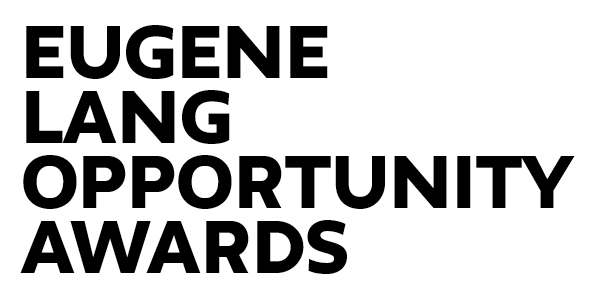Summary: I spent half the Spring 2020 semester studying abroad in Rabat, Morocco. There, I lived with a host family, took classes, and did an internship. All the students lived in the old city (medina qadima) in Rabat. My time in Morocco can in many ways be understood through my ability to navigate the medina. The first day we were walked to class by our host mothers, it felt as though kindergarten was upon us once again. The narrow winding streets of the medina all looked simultaneously exactly the same and completely different. The way the walls came up around the medina was disorienting, and made the search for landmarks seem futile. Eventually we graduated kindergarten and began to walk ourselves to and from school. Then I spent time getting lost in the medina, on weekends purposefully avoiding the well memorized route and instead choosing unknown streets, forcing myself to gain a sense of direction. Those times often ended with me leaving the medina in order to figure out how to get back in from an entrance I was familiar with instead of attempting to find the correct narrow street leading in the correct direction back home. With time and exploration I didn’t need to see the ocean to know which direction it was in and medina knowledge became, for some of us, a source of pride.
Reflection: I went to Morocco on this program to gain a better understanding of migration in the region. I took a class in French on sub-saharans in Morocco which helped me understand Moroccan migration policy. The class was taught by a professor whose parents are Moroccan, but she grew up in Belgium and now works for the Moroccan government. Her personal and political experience as well as her connections gave us an extensive understanding of what challenges migrants in Morocco face, as well as the challenges that Moroccan migrants abroad face.
Part of the reason I chose this program was to have the opportunity to travel to different areas in Morocco. The purpose of these visits were to see how migration has affected different cities and how it is received in different cities. The first place I went was Meknes. I hadn’t been in Rabat for very long at that point so my ability to see a more in depth comparison did not come until later. In Meknes, there are some examples of the difficulties that come with transitioning from a transit country to a destination country.
Globally it has proven difficult to make a persuasive argument for investing national resources into migrants who only intend to stay for a few months. It is hard enough to get many governments to support immigrants who will be in their country long term, never mind people who are just passing through. However, now that more migrants are staying in Morocco long term (either because they planned to do so or because the next leg of their journey did not come to fruition) the services available to them have struggled to keep up. Housing is an example of this issue. Many migrants who have been in Morocco for several years and/or will be for several more, still live in situations that were meant to be temporary.
Another concern facing Morocco is how to provide services to migrants that Moroccan citizens often don’t even have access to. Aid that only supports migrants can cause resentment among locals. Finding a balance between supporting vulnerable populations and building up social systems as a whole is a difficult process that Morocco must navigate.
I also took a trip to Tangier. Many ferries depart from Tangier to go to Spain. Much of the media in the last several years has focused on the danger of crossing to Europe illegally by sea. These informational efforts (although not without political purpose) were pushed forward by both the Moroccan government and the EU. The danger they speak of is real, human trafficking is a business and the more paying people to be put in one boat the more profitable it is. However, aside from the need and desire that leads one to try to cross in a flimsy boat, you can see Spain from Tangier. There is something powerful about it just not looking that far away. This concept was one I’d heard from various people previously but hadn’t understood until I was in Tangier.
All this being said Morocco has made progress in the last decade. Rejoining the African Union in 2017 and beginning to once again take a larger leadership role in Africa can be seen as a step in the right direction for migration policy. My classes, internship, and host family all helped me gain a better understanding of migration as it relates to Morocco. Attached is some writing that stemmed from class and some that I did of my own accord.
 Sunrise outside the old medina in Rabat
Sunrise outside the old medina in Rabat
https://docs.google.com/document/d/1ctpxBPVUyrsAfC-nTgJnhVU7r3Vdg3G7vyZ8WitAoU4/edit?usp=sharing
https://docs.google.com/document/d/1ml3JesvGEYLvMDT5fTvYKON1GSXRp8gXyd-yeN07PJg/edit?usp=sharing
https://docs.google.com/document/d/1J86m5cBLzcTi-4kWE1EjFa0ZVsQVt8IpoXvSG3xPCwo/edit?usp=sharing


 View of Meknes
View of Meknes Sunset at the beach in Rabat
Sunset at the beach in Rabat A port in Tangier
A port in Tangier